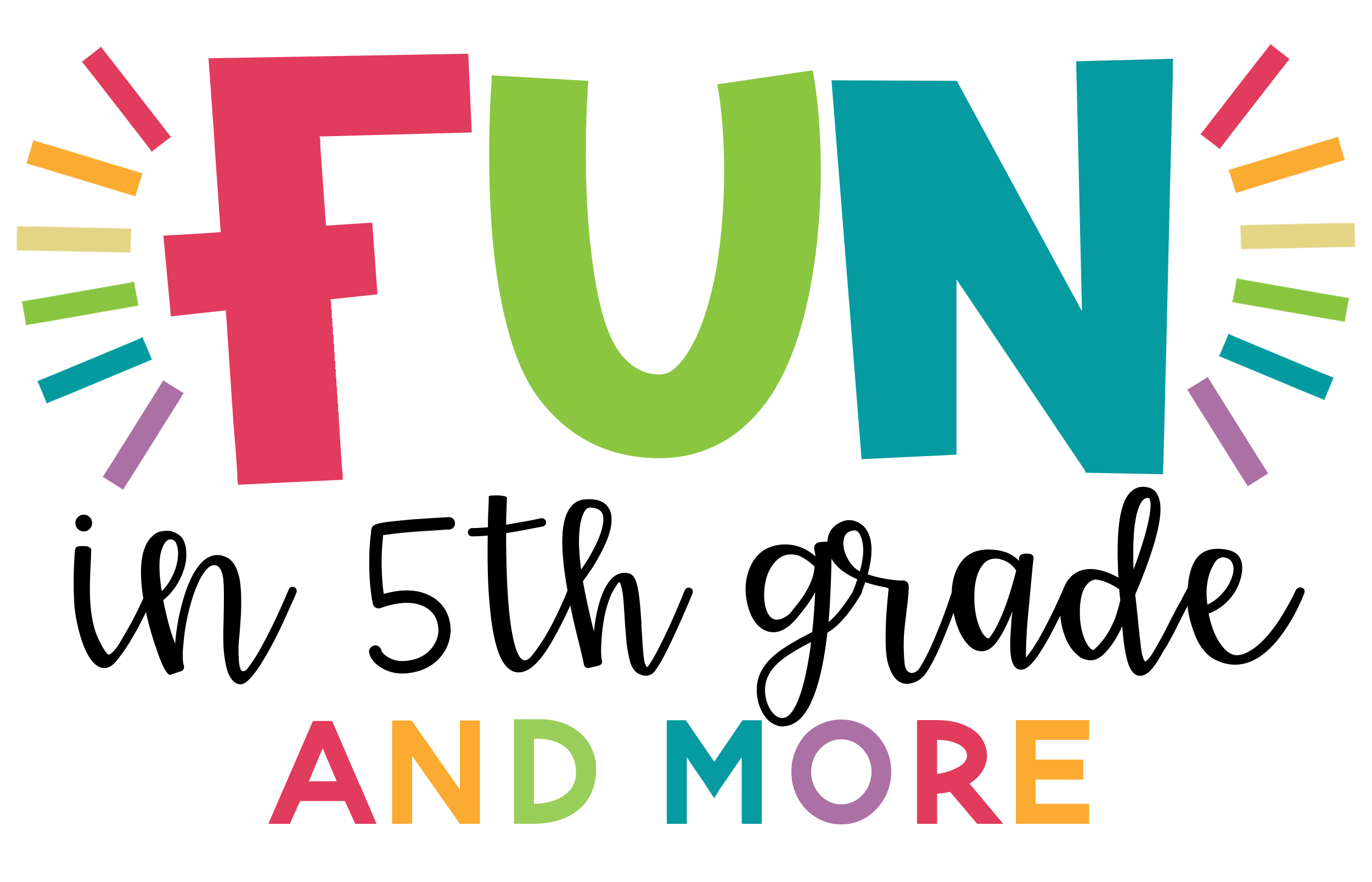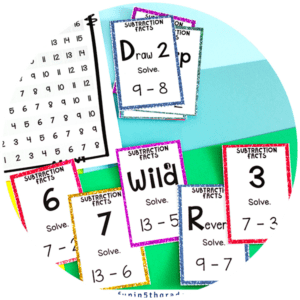It’s not enough for students to just know how to copy the math with fractions; rather, students need to understand the why behind adding and subtracting fractions in the first place.
Let’s be totally honest: there is a lot of math to teach in upper elementary, and of that math that we have to teach, fractions may be a low point.
Not only are fractions a little cumbersome and hard to explain or even type out on a computer or into a digital document, but they are also a bit funky in how they work. Teaching fractions is almost like teaching a completely different language. Just as there are a bunch of different ways to say “Hello” in different languages, so are there a bunch of ways to create ⅓ or fractions that are equal to ⅓.
One thing I’ve found to be really helpful when teaching students about fractions is to spend time in class to understand the why behind adding and subtracting fractions.
Basically, answer the question, “Why do I need to know this?”
In this post, we’ll provide several life examples that you can use with students in class to help them understand why knowing how to add or subtract fractions is valuable in life.
As you teach fractions to your students, look for resources that ask students to simply add and subtract fractions, but also resources that mix in some real-world examples as well. For example, these task cards have a good mix of both to keep students thinking about how the math can and is used in real life.

Real-Life Examples for Adding Fractions
Real-Life Example #1 | Cooking and Recipes
Imagine you are baking cookies, and the recipe calls for 1/2 cup of sugar and 1/4 cup of chocolate chips. To find the total amount of ingredients used, you add 1/2 + 1/4, resulting in 3/4 cup of combined ingredients.
To expand on that example, consider that 1 batch of cookies will provide enough cookies for 12 people, but you need to make enough for 24. Now, you need to figure out how to double the recipe by adding the required ingredients twice.
Real-Life Example #2 | Sharing a Pizza
If you and a friend decide to share a pizza, and you eat 1/3 of it while your friend eats 1/4, you can find out how much pizza you both ate by adding 1/3 + 1/4, which equals 7/12.
Real-Life Example #3 | Adding Time
Suppose you spend 2/3 of an hour doing homework and then take a break for 1/6 of an hour. The total time spent is 2/3 + 1/6, which equals 5/6 of an hour.
Real-Life Examples for Subtracting Fractions:
Real-Life Example #4 | Fuel in a Gas Tank:
If a car has a gas tank that is 3/4 full and then uses up 1/8 of the tank during a short trip, you can find out how much gas is remaining by subtracting 1/8 from 3/4, resulting in 5/8 of the tank remaining.
Real-Life Example #5 | Shopping Expenses
Consider you have a budget for the month, and you’ve spent 2/5 of it. If you want to know how much money you have left, subtracting 2/5 from the whole amount will give you the remaining fraction of your budget.
Real-Life Example #6 | Exercise Time
If you exercise for 4/5 of an hour and then take a break for 1/4 of an hour, you can find out how much time you spent exercising by subtracting 1/4 from 4/5, resulting in 3/5 of an hour.

Resources to Support Real-World Usage of Fractions
We have several resources in the Fun in 5th Grade Shop that support real-world examples for using fractions.
Resource #1 | 4th Grade Adding and Subtracting Fractions Game Show
One of the categories in this game show provides various word problems that put this skill into real-world scenarios.
Note: If you want even more fraction-based game shows, check out the 5th grade game show as well!
Resource #2 | Adding and Subtracting Math Review Digital Puzzles
I really like the real-world examples in these simple drag-n-drop digital math puzzles because they are quick to implement, provide short real-world examples mixed in with simple algorithm-based questions, and can be completed independently with just the share of a link.
Note: We also have 5th Grade Digital Puzzles to use while teaching fractions or to add in to challenge more advanced students.
Resource #3 | Adding and Subtracting Fractions U-KNOW
If you like card games, then you’ll love U-KNOW. In this deck, students will play against each other while also getting in a variety of different kinds of practice, such as adding and subtracting fractions with many real-world examples built into the game.
Making sure your resources and lessons include many real-world examples will help students understand the why behind adding and subtracting fractions!





